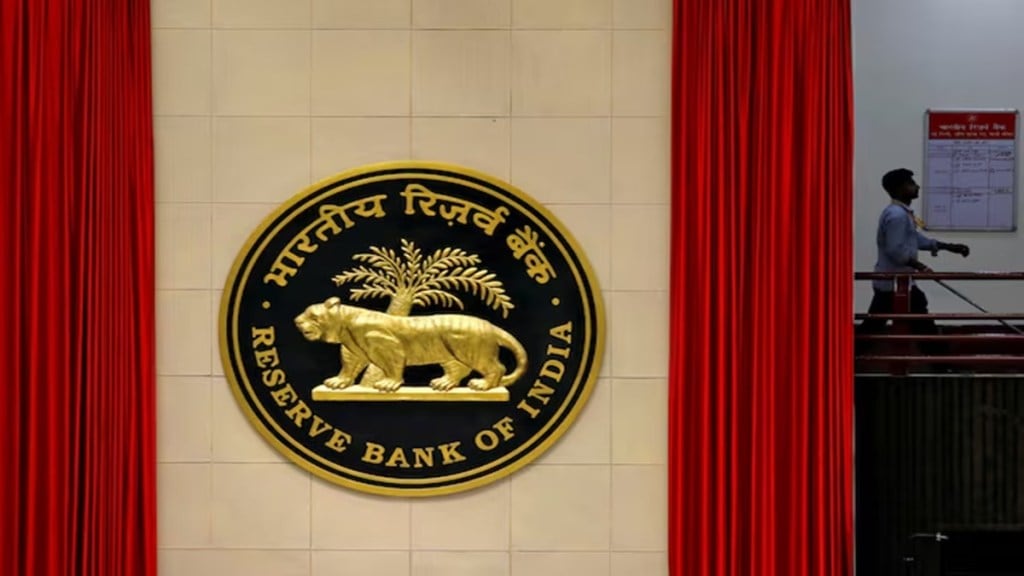One of the articles I look forward to every month is the State of the Economy published in the RBI’s monthly bulletin. It has a caveat at the beginning that never fails to amuse me. It reads, “The guidance and comments provided by Dr Poonam Gupta, Deputy Governor, is gratefully acknowledged…Views expressed in this article are those of the authors and do not represent the views of the Reserve Bank of India.” It is no secret that not a word can escape the RBI without the approval of the Governor. Even an academic paper or speech by one of the Deputy Governors is approved by the Governor.
Uncertainty & resilience
No one takes the caveat seriously and the article is read widely and quoted profusely. There is one word that occurs numerous times in the article: ‘uncertainty’. Despite various actions taken by the government and the RBI, there is uncertainty about inflation, prices, employment, salaries and wages, investment, incomes, taxes and foreign trade. The uncertainty spills over to non-economic areas such as public examinations, electoral rolls and elections, laws and their implementation, foreign policy, neighborhood policy, etc. Actually, uncertainty defines the current state of the country.
The RBI’s answer to the prevailing uncertain economic conditions is the familiar refrain that ‘the economy is resilient’. Like the government, the RBI is clutching at straws. The latest straw is the GST rate cuts. RBI describes the reduction in rates as landmark GST reforms. What is ‘reformative’ about cutting the high and multiple rates of tax that were the original sin? The design of the GST laws was wrong, the tax structure was wrong, the rules and regulations were wrong, the tax rates were wrong, and the implementation of the GST laws was wrong. Correcting error-ridden multiple tax rates is, in my book, not a path-breaking reform.
No gushing
However, the State of the Economy is gushing over the GST rate cuts. The GST rate cuts are expected to leave about
Rs 2,00,000 crore in the hands of consumers. Against a nominal GDP in 2025-26 of Rs 357,00,000 crore, the ‘extra’ money is 0.56 per cent. The estimate of the annual retail market in India is Rs 82,00,000 crore, and the ‘extra’ money will be 2.4 per cent. While extra retail expenditure will boost consumption, its impact on the economy is vastly exaggerated.
Besides, not all the Rs 2,00,000 crore will go into consumption. According to official data, household debt has arisen to 40 per cent of GDP and household savings have fallen to 18.1 per cent of GDP. Hence, some of the GST ‘money’ in the hands of households will go into reducing debt and some of it will go into augmenting savings. I agree that there will be a boost in consumption expenditure but will it cause a significant push to the cycle of consumption, production and investment? All except the sarkari-economists have reserved their verdict on the question.
The Ministry of Finance and the RBI are reading from the same hymn book. In a paper presented to the Consultative Committee for the Ministry of Finance on June 19, 2025, the titles of the first three slides (pages) read as under:
Global economy is marked by elevated levels of uncertainty.
Global trade and investments have come to a crawl.
Against this background, India’s economic performance has been robust.
For reasons not known, the Chief Economic Adviser is not willing or able to push hard reforms. Hard reforms go beyond the prime minister’s exhortation to advance ‘ease of living’ and ‘ease of doing business’.
Open & competitive
India must become an open and competitive economy. Our experience has been when one door opens, one window is closed. An ‘open’ economy must be open to trade with all countries of the world. To become a ‘competitive’ economy we must embrace more bilateral and multi-lateral trade agreements. A competitive economy should not — because it cannot — make chips and ships and everything else. We should make only things (goods and services) that we can make competitively.
We may begin with South Asia and ASEAN. SAARC is one of the least integrated trading blocs of the world. External trade within SAARC countries is 5-7 per cent of their total international trade. India’s external trade with SAARC countries is less than 8 per cent. With ASEAN countries, it is about 11 per cent.
Another hard reform is de-regulation. Everybody loves making rules and regulations — from law enforcement to tax administration. Ministers are briefed on the Bills but kept in the dark on rules, regulations, forms, notifications, guidelines, etc. That is how a perfectly good idea like GST became Gabbar Singh Tax. After the first wave of de-regulation hit the country in 1991-96, controls and regulations have crept back into the system. And more and more rules and regulations etc. are made every day. The government will make a Big Reform if it will appoint an empowered authority armed with a machete to cut through the overgrowth of rules and regulations. In one Big move, the government would have achieved, substantially, PM’s ‘ease of living’ and ‘ease of doing business’. And I dare say it will add to the growth rate.
GST rate cuts are the correction of an original sin, no more. It does not deserve an utsav. Nor is it the answer to the challenges faced by the economy.
